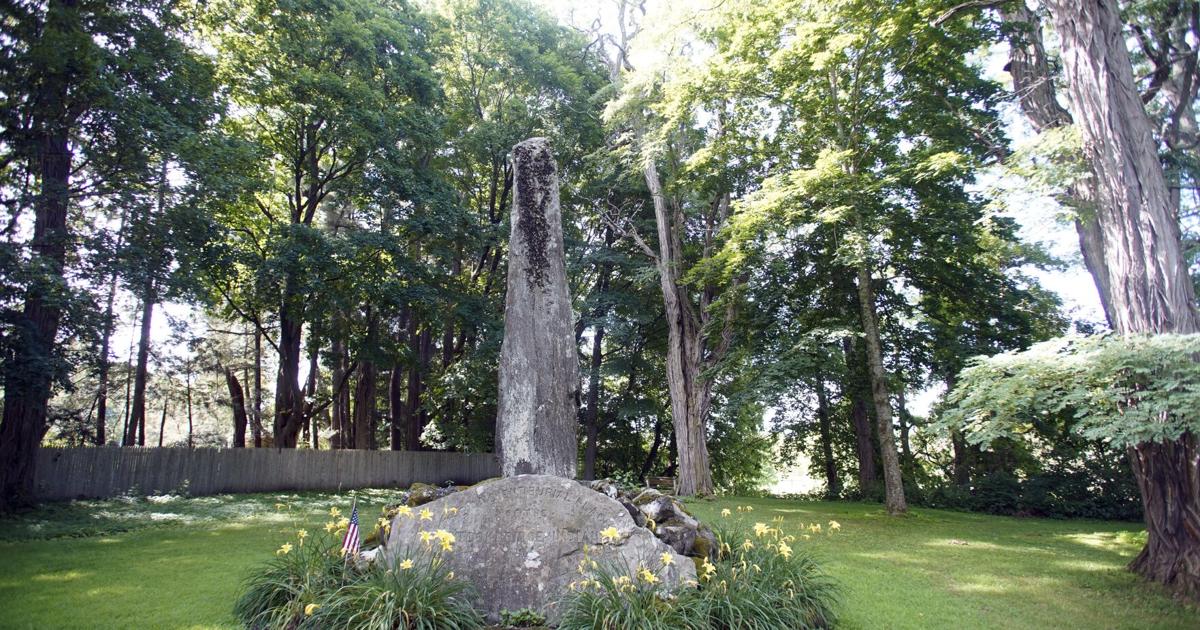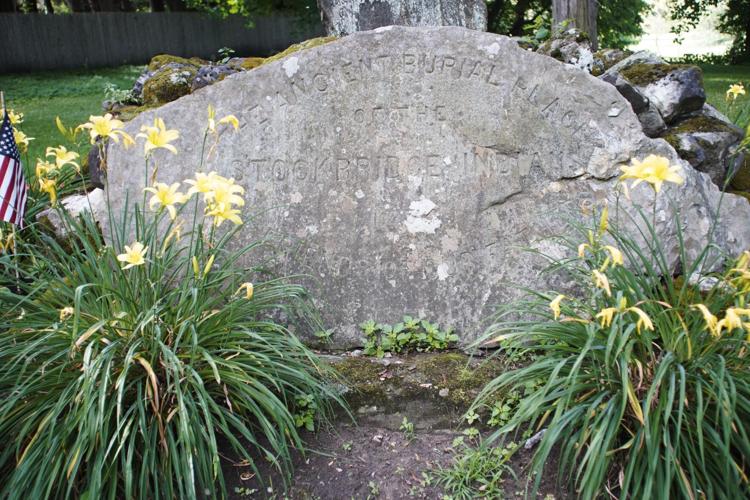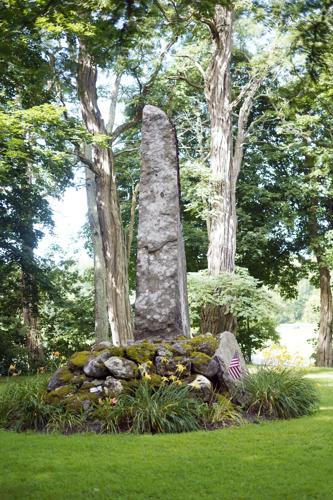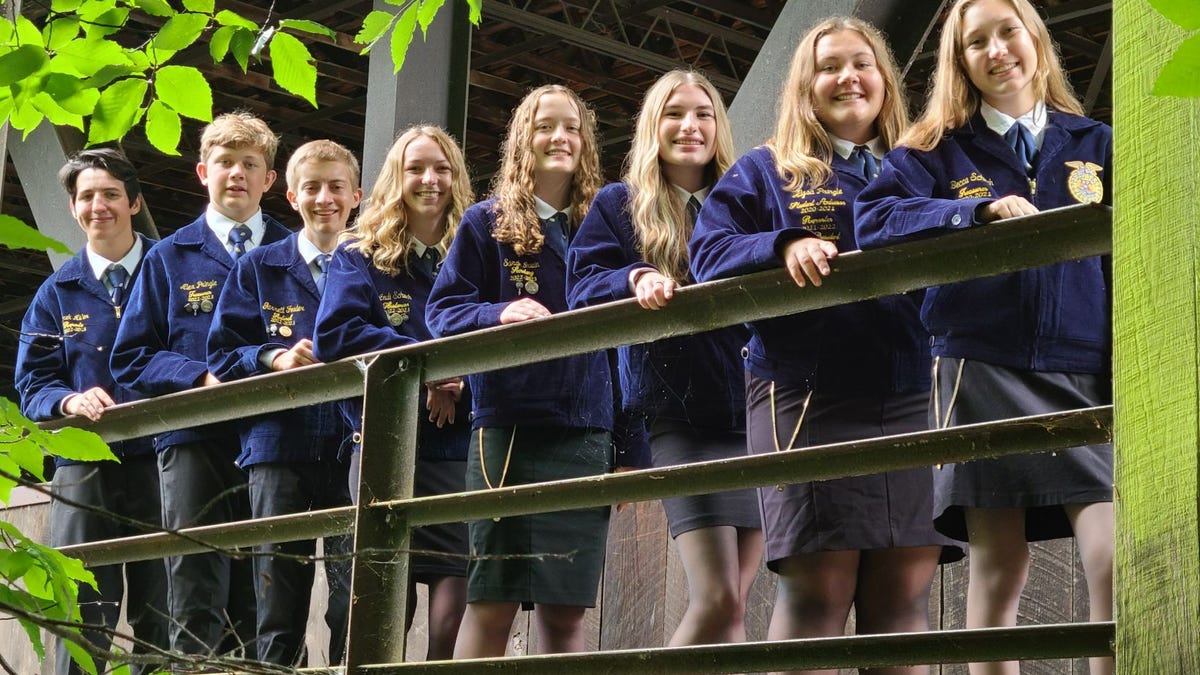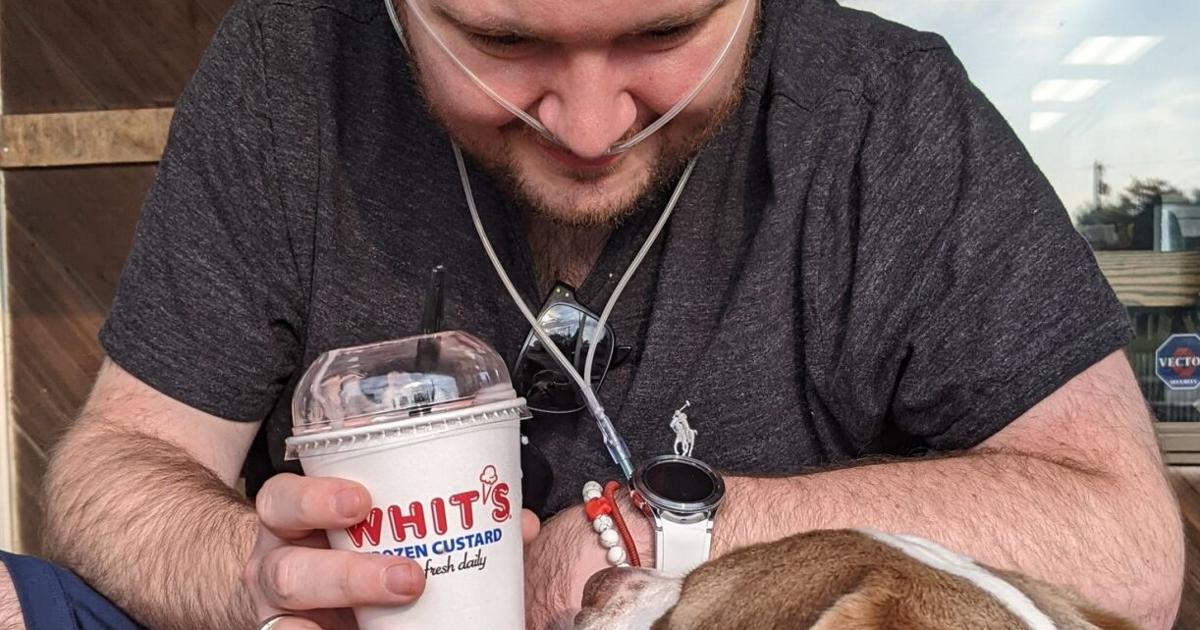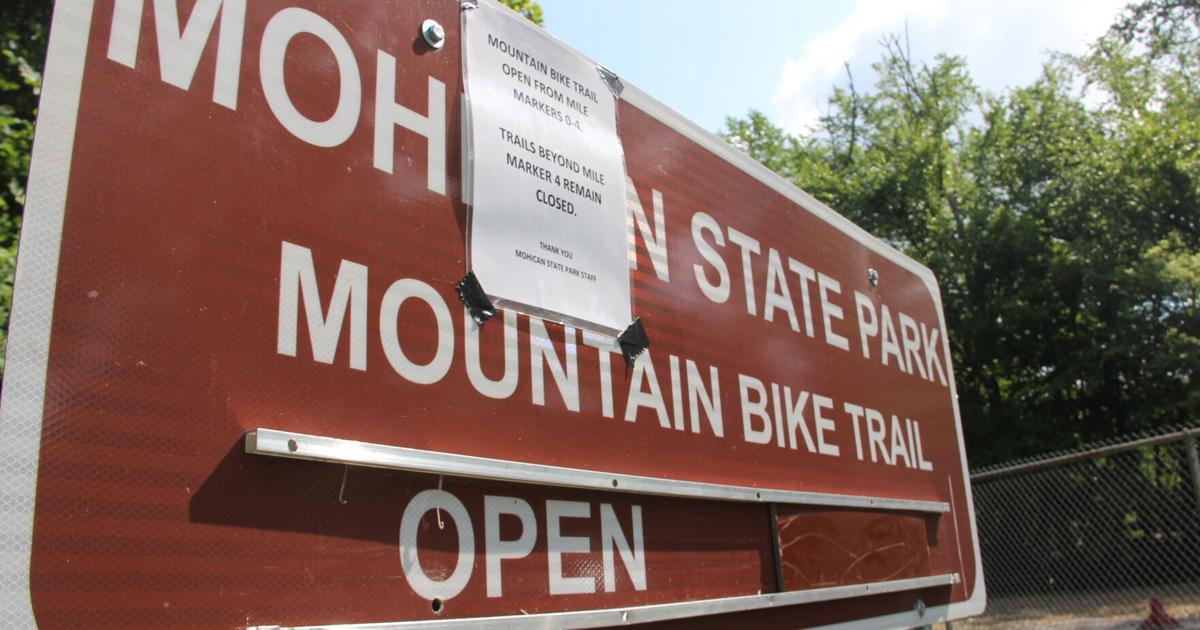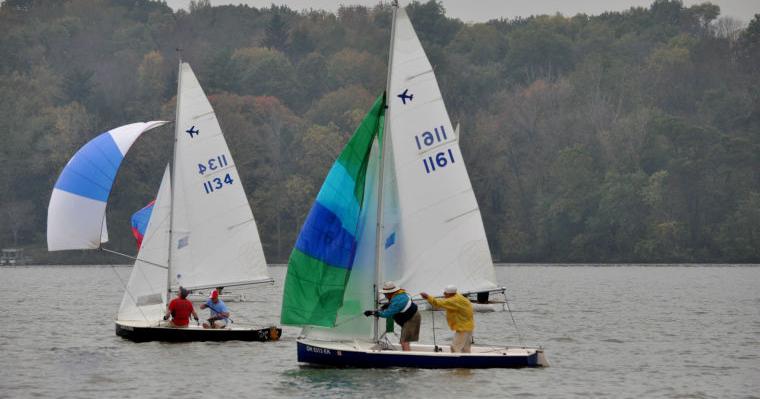Once immobile and abandoned, dog now has a home and is able to walk
Razz the dog is adjusting to his new home.
A 1-year-old pit/Staffordshire bull terrier mix, Razz captured the hearts of many animal lovers after his owner abandoned him by dumping him off in the outdoor kennels at the Richland County Dog Shelter on May 3.
Dog Warden Missy Houghton remembers him well.
“When he first came in, he was completely immobile,” she said. “He couldn’t move at all.”
Razz’s story: Abandoned, immobile dog at Richland County shelter now able to walk
In addition, Razz is deaf.
More than two months later, Razz can walk. He sort of lopes along, with the tops of his paws scraping the ground, causing them to bleed.
‘I fell in love with him when I first met him’
Bethany Higgins, his new owner, is a veterinary assistant at Mohican Veterinary Wellness Center, where Razz goes for weekly acupuncture and laser treatments.
“I fell in love with him when I first met him, but so did everyone,” Higgins said. “We had a pretty special connection from the beginning, and everyone could see it. It got to a point where it was kind of hard to deny it.”
Things to do: Sarah’s Pooch Parlor celebrates grand opening in Shelby
Higgins made up her mind May 25, when Mohican held an open house. Her 6-year-old daughter Amelia got the chance to meet Razz that day.
They, too, formed a fast friendship. Razz tends to follow Amelia around on her bike, a turquoise and purple Schwinn with training wheels.
Asked what she likes to do with Razz, Amelia replied, “Everything.”
Razz’s health has continued to improve after leaving Richland County Dog Shelter
Razz has beefed up to 73 pounds, though his tendency to eat dead grass probably hasn’t contributed much.
“He likes to eat…

